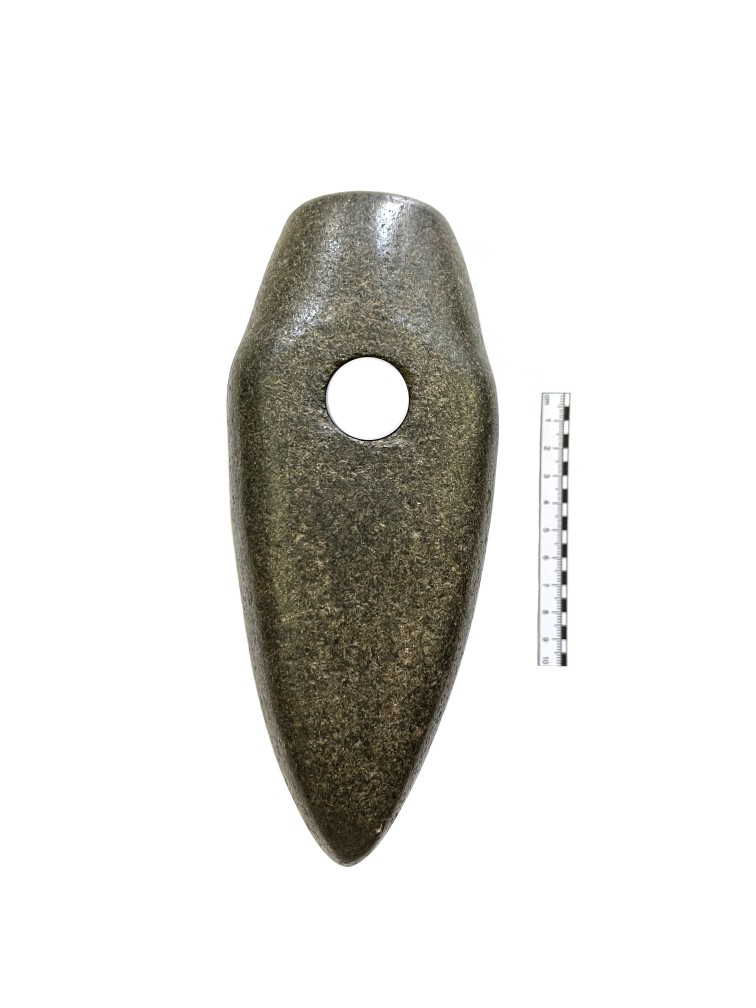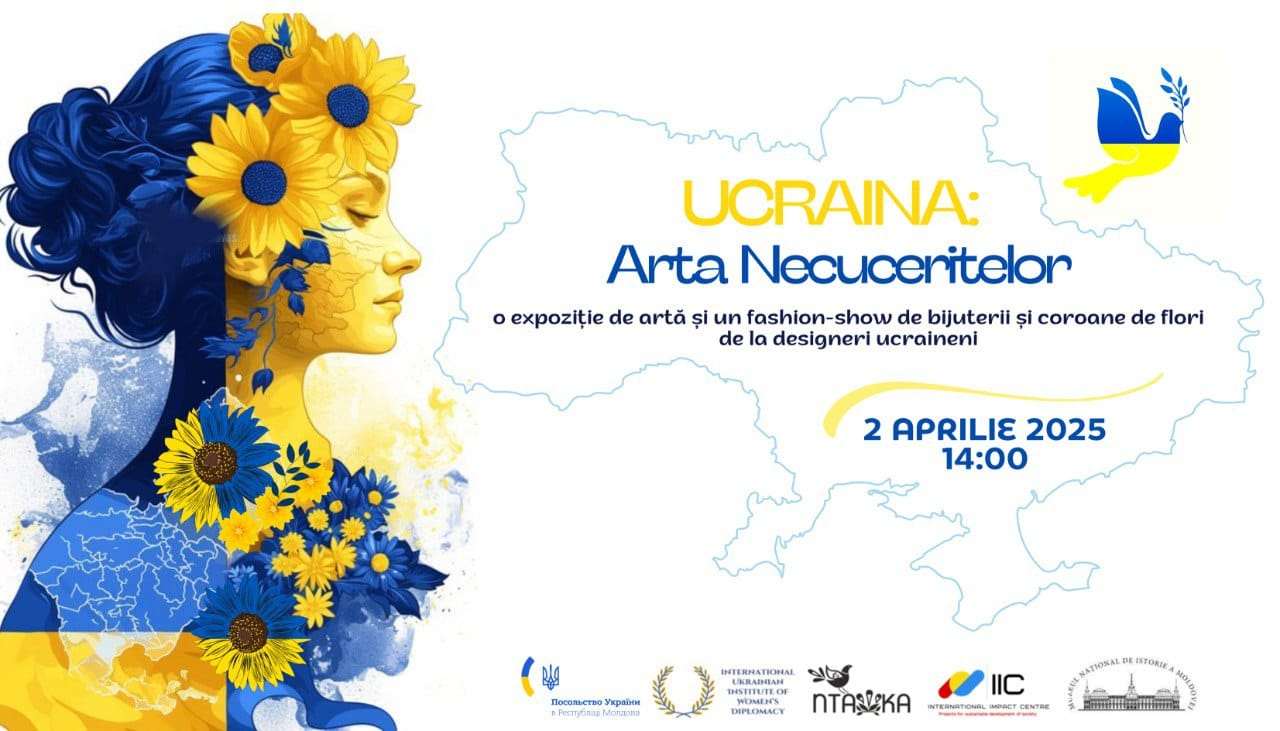
On November 1, 2024, the National Museum of History of Moldova, in partnership with the LEADER Program, opened an outdoor exhibition on the museum's fence, showcasing the results of the first call of the National LEADER Program 2022-2023, achieved at the national level.
The exhibition is part of the EU4Moldova: Local Communities project, funded by the European Union and implemented by Solidarity Fund PL in Moldova (SFPL). It supports the efforts of the Ministry of Agriculture and Food Industry (MAIA) and the Agency for Intervention and Payments in Agriculture (AIPA) in facilitating the implementation of the national pilot program, contributing to rural development through local projects.
The LEADER Program, managed by MAIA, is intended for Local Action Groups (LAGs), entities established according to the European LEADER methodology, which coordinate rural development processes tailored to the needs of local communities. In Moldova, 51 LAGs cover 478 Administrative-Territorial Units and 783 villages, representing a total population of approximately 1.14 million people, or more than 56% of the country's territory.
The exhibition contains 18 illustrative panels that display photographs and descriptions of successful projects, ranging from community renovations and entrepreneurial initiatives to educational, cultural, and ecological programs. Each image reflects both the tangible results and the commitment of communities to build a better future.
Currently, 37 LAGs have benefited from funding totaling 173.6 million lei, allocated through the National Fund for Agricultural and Rural Environment Development (FNDAMR). Moldova has thus become the first non-EU country to transform the LEADER methodology into a public policy tool for rural development. Through the LEADER Program, 893 investment projects were implemented, with a total subsidy value of 138.4 million lei, of which 387 were in the public sector, 141 in the civic sector, and 365 in the entrepreneurial sector.
The "LEADER Program in Action" exhibition is open for viewing from November 1-15, 2024, on the fence of the National Museum of History of Moldova, Chișinău, 31 August 1989 Street, No. 121A.
 31 August 1989 St., 121 A, MD 2012, Chisinau, Republic of Moldova
31 August 1989 St., 121 A, MD 2012, Chisinau, Republic of Moldova
















































